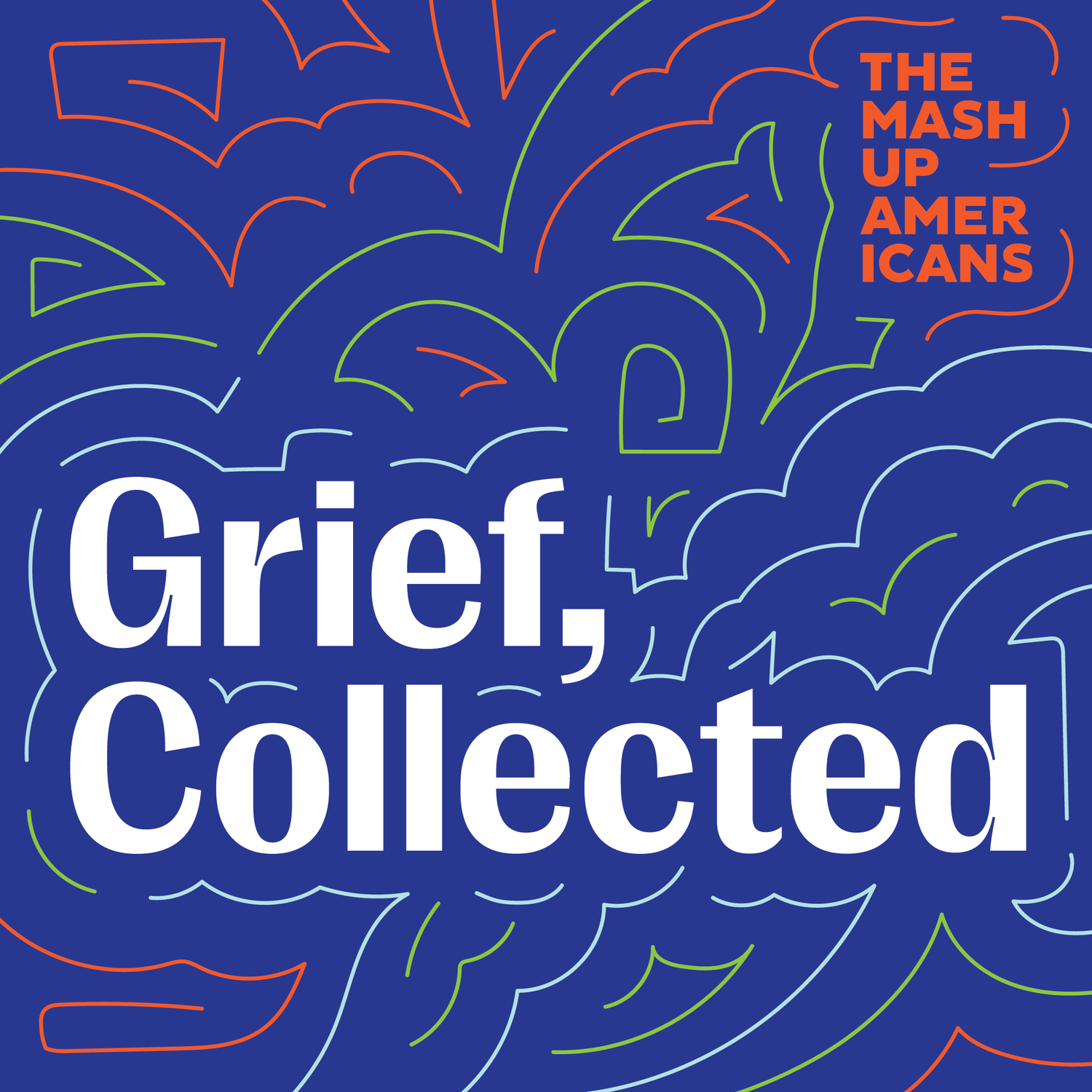WHITE PAPERS
Episode 9: Our Future with adrienne maree brown
We are creating new rituals, and therefore new culture, every day. Rituals are part of the fiber of grief and death cultures across the world. Rituals have particular elements that make them particularly resonant in grief. There are many insights held in ancient migrant and POC cultures that can ground new grief rituals for U.S. culture.
Episode 7: How Do We Grieve Collectively?
There is a remarkable scale of shared loss in the U.S. but it doesn’t often translate to collective grief or mourning, partly because of the deep fractures in contemporary U.S. society. Nevertheless there are great stakes in grieving together, among them, a sense of connection, and shared fate; and the work of righting our social injustices. Sites of public memory, such as monuments and memorials, can be powerful sites of the work of collective grief, and healing.
Episode Five: How Grief Lives in the Body
Grief can have profound physical symptoms, and ancient traditions are insightful about the mind-body connection at the root of these symptoms. Modern science also points to the impact of brain functioning, particularly the links of grief to the limbic system and stress hormones.
Episode Three: Exploring Ancestral Grief
Families are deeply intertwined systems whose members exert mutual influence over each other. When a loss is not mourned in families it can shift the ways of being in ways that can be maladaptive particularly when they are transmitted through generations. The growth task for families navigating these multigenerational griefs—griefs which may be in response to losses of people, or of place, of identity, etc.—is to engage the grief, and integrate the loss in more healthy ways.
Episode One: Defining Grief
Grief like its precursor, loss, is a universal experience. Each of us is fated to live with and through grief at some point. Yet, despite its certainty in human experience, many of us are surprised by the forms grief takes when it arrives in our lives. Comedian Patton Oswalt remembers his experience following his wife’s death…
Episode One: Grief in America
By the end of the 1918 flu pandemic, an estimated 675,000 people had died across the United States, ten times more people than were killed in the First World War and as many as were killed in the Civil War. Yet, the crisis was “virtually forgotten in the American consciousness within just decades, as the public focused instead on the optimism of the era, particularly when it came to the development of modern medicine.” This, historian Nancy Bristow notes, left many Americans in a kind of emotional lurch.





